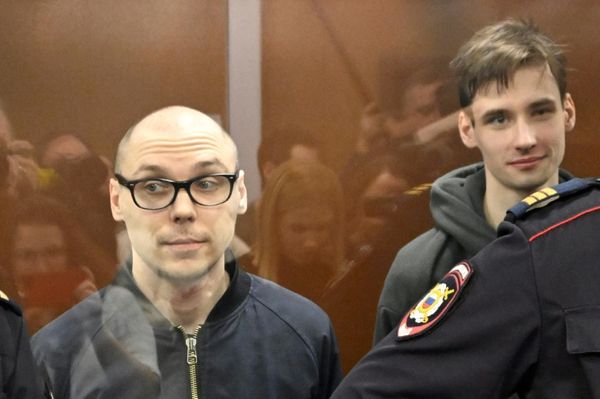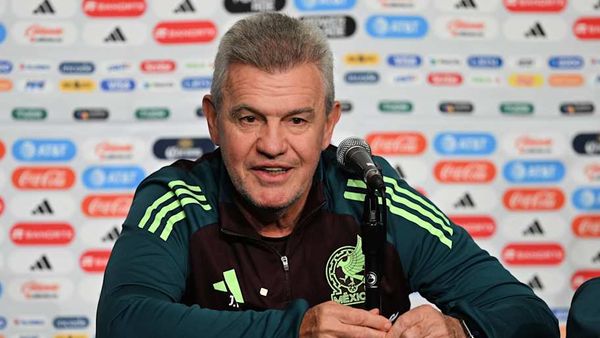
The response to Peter Dutton’s back-of-the-envelope announcement yesterday on seven proposed nuclear power sites — they hadn’t even googled to find out that the owner of the Port Augusta site has other plans for it — is occurring in a weird haze of amnesia about what’s going on with major infrastructure projects in Australia.
On the one hand, the corporate media gleefully reports news of major cost blowouts for big projects. On the other hand, being taken for granted is the Coalition’s ability to achieve an unprecedented project of a fleet of nuclear power stations, including two by 2035-37, without a truly shocking cost.
What’s the federal Coalition’s form on building major projects? Let’s take three from its last period in government. The inland rail project was originally costed at $4.7 billion. That doubled to around $10 billion when the Coalition finally committed to it. That then went to more than $14 billion before the Coalition was turfed out. When Labor examined it properly, it discovered the final cost would be more than $31 billion. It’s also currently years behind schedule. How’s that for a blowout — a six-fold increase.
Then there’s “Snowy Hydro 2”. That’s a lot more complicated than laying a rail track across flat landscape, true. Set in motion by the Coalition in 2017 with an estimated cost of $2 billion, the project rose to $4.5 billion, then more than $5 billion. Currently the expected cost is $12 billion. Even ignoring the initial cost, that’s still an increase of two and a half times the initial estimate.
Or there’s the NBN. We all know about that. After the Abbott government elected to wreck change the NBN to a multi-technology mix, the initial cost was $15 billion (up from Labor’s highly optimistic $5 billion). Later that became $29 billion, then $41 billion, then $56 billion. The final cost was $51 billion, or more than three times the initial estimate.
So, what kind of blowout would we get with Dutton’s nuclear power stations? Just a Snowy Hydro blowout, in which case double the cost, or an inland rail blowout, in which case multiply by five or six?
That’s not to say Labor is much better: the Victorian government’s infrastructure program is a litany of huge blowouts and projects that should have been binned, not built. Indeed, Victorian Labor seemingly can’t be trusted at all when it comes to infrastructure.
The inability of governments of any persuasion to prevent megaprojects from blowing out their costs by substantial factors — on average 28-30% — has been the subject of more than one analysis by the Grattan Institute. Since the last Grattan report in 2020, there has been a massive burst of construction industry inflation that has substantially pushed up the cost of everything from the smallest renovations to the biggest civil engineering projects.
And that’s separate from the ongoing and worsening problem of labour shortages for major infrastructure projects. Even as governments race to build more than 1 million new homes in the next five years, there’s a shortage of nearly 230,000 workers for construction, according to Infrastructure Australia. Nuclear power plants aren’t magically free from these problems — if anything, they are more prone to them because Australia has zero experience building commercial nuclear power plants.
Nor would they be free from many of the more mundane problems that plague big infrastructure projects. The CSIRO’s GenCost report uses the cheapest example of ongoing nuclear power plant building, from South Korea, as the basis for its costing of both first-of-a-kind and subsequent (“Nth of a kind”) nuclear plants.
South Korea’s nuclear power industry — KEPCO, which built a delayed, US$24 billion 5.6Gw nuclear plant in Abu Dhabi, could be a major contender to build Australia’s plants — is now being progressively closed down, after repeated discoveries of corruption, graft and dangerous short cuts. These involved the industry as well as the South Korean government’s nuclear regulator, which “has been accused of revolving door appointments, back-scratching, and a disregard for the safety regulations it is meant to enforce”.
Given the sad history of Commonwealth regulators like ASIC or APRA, or the record of our gambling regulators at the state level, is there any confidence a Commonwealth nuclear regulator wouldn’t end up with the same problems as South Korea’s Nuclear Safety and Security Commission?
All of this is on the public record and well known to journalists who cover transport or infrastructure. Political journalists, however, seem to blithely accept that the Coalition can be taken seriously when it proposes a vast new infrastructure project in a decade.
What’s your confidence in the Dutton’s nuclear proposal? Let us know your thoughts by writing to letters@crikey.com.au. Please include your full name to be considered for publication. We reserve the right to edit for length and clarity.







